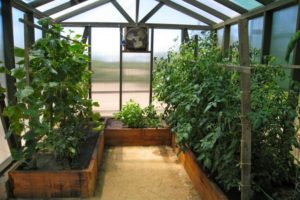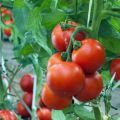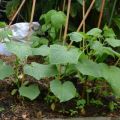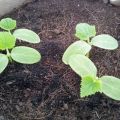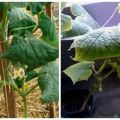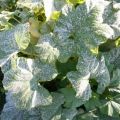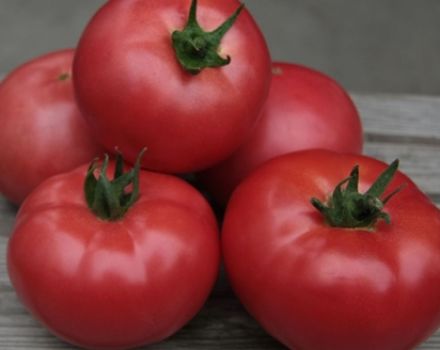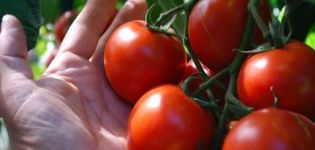Characteristics and description of the Maryina Roshcha cucumber variety, its yield
Maryina Roshcha F1 - cucumbers, remarkable in their characteristics, which were bred for growing in open and protected ground. This hybrid is early maturing, but in a greenhouse you can get a harvest of such gherkins earlier than in the beds in the garden.
What are parthenocarpic hybrid cucumbers
On packages with vegetables (including cucumbers), the inscription "parthenocarpic hybrid" is often found. But not all growers know what this means. Most often, it is believed that such plants are pollinated independently, without the participation of insects. This opinion is not true. In such vegetables, fruits are formed without pollination at all.
With self-pollination of plants, seeds are necessarily formed in fruits. But in the fruits of parthenocarpic hybrid varieties, seeds are not formed.
Such plants are most suitable for growing in greenhouses, because usually insects do not get there.
Summer residents, having appreciated the many advantages of such vegetable crops, are happy to grow them in the beds or in greenhouses. And if the first parthenocarpic varieties were intended for fresh ripe fruits, now new hybrids have appeared that are perfect for conservation.
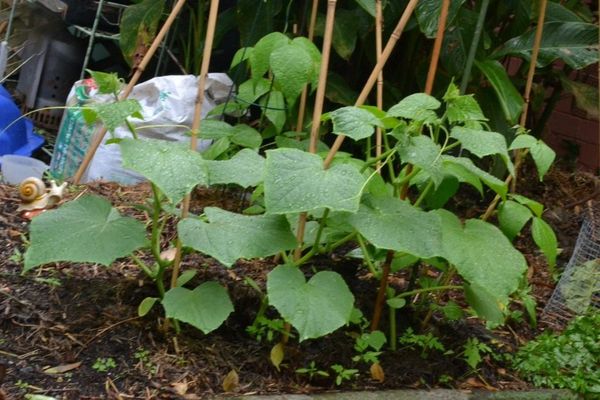
The main advantages parthenocarpic hybrid cucumbers think:
- fruits ripen throughout the season;
- gherkins ripen quickly enough;
- resistance to adverse weather conditions;
- cucumbers have pleasant taste, are devoid of bitterness;
- high resistance to most diseases, with damage it is easy to cope with the disease;
- no need for pollination;
- ripe cucumbers - the same size and uniform color;
- a number of hybrids are suitable for salting and preservation;
- the harvested crop is stored for a long time, without losing its marketability and taste, it tolerates transportation well over long distances;
- when overripe, cucumbers do not lose their even green color.
Description and main characteristics of the hybrid Maryina Roscha
Cucumber Maryina Roscha is a high-yielding bundle gherkin hybrid, which grows only female flowers. This variety can be planted in open ground beds, under film coverings, in glazed greenhouses. Productivity in greenhouses will be much higher than in garden beds.
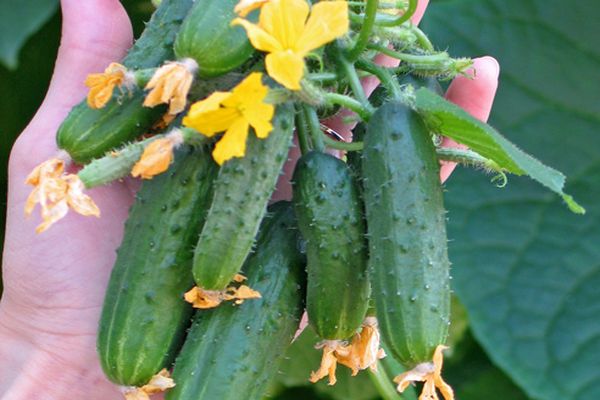
The quantity and quality of the harvested crop is not affected by unfavorable weather conditions during the season; ripe cucumbers can be harvested almost before the first frost on the soil. Maryina Roscha is a plant with long lashes, the height of which can reach 1.8 - 2.2 m.The lateral stems grow well in the shoots, the hybrid can continue to bear fruit at a temperature close to 0. The hybrid requires tying the main shoot to the trellis.
The description of the variety will be incomplete without a story about the fruits. Each node can form up to 5 ovaries. At the same time, up to 12 cucumbers can ripen on each bush of Maryina Roshcha. The fruits are small in size, therefore they are called gherkins, the length of ripe cucumbers is no more than 12 cm, the color is tender emerald, the skin is quite dense, covered with tubercles and white thorns.
Ripe gherkins are suitable for fresh consumption and conservation. The taste of pickled or pickled cucumbers in Maryina Roscha is no worse than that of fresh ones.
Transportability characteristics: the harvested crop can be safely transported over long distances - cucumbers will not lose their excellent presentation and good taste. The shelf life of the harvested cucumbers is high - the fruits can be kept fresh under appropriate conditions for up to 2.5 - 3 months.
Hybrid Maryina Roshcha is highly resistant to the following diseases:
- powdery mildew;
- olive spot;
- cucumber mosaic.
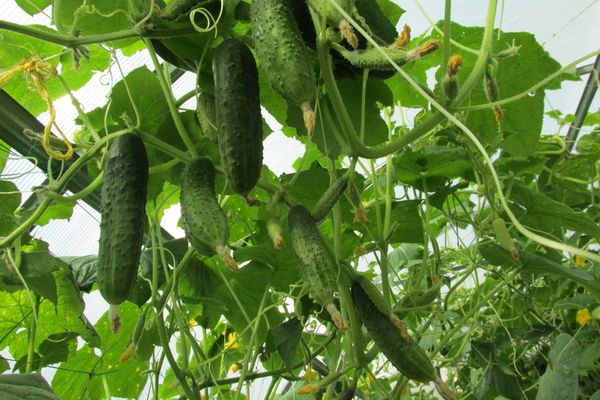
This vegetable culture suffers the following diseases quite easily:
- downy mildew;
- all types of root rot.
Advantages and disadvantages
In addition to the advantages of parthenocarpic hybrid cucumbers listed above, specific advantages of Maryina Roshcha should be noted:
- resistance to significant drops in temperature;
- a sufficiently large number of simultaneously ripening cucumbers on the shoots;
- the possibility of growing in greenhouses and on a windowsill, since the variety does not require pollination by bees;
- the crop can be used for pickling and pickling;
- high resistance to most diseases.
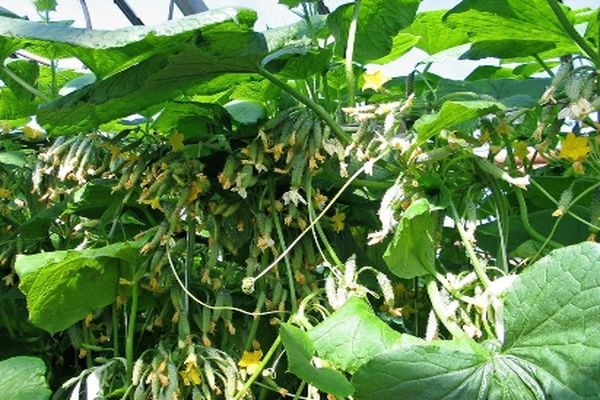
The hybrid has practically no drawbacks. It should be noted that the lashes of this cucumber culture require compulsory garters using the trellis method.
The nuances of growing
The hybrid can be planted with seed directly into the ground or through seedlings. The best type of soil is loam or sandy loam, which is loose and permeable to moisture and air. On heavy soils, peat must be applied - as an additional fertilizer or as a mulching material.
For seedlings, it is better to sow seeds in separate peat pots, in which in the future cucumbers will be planted in a permanent place. It is better to buy a nutrient mixture for seeding in a specialized store, it should be special for vegetable crops. Seeds should be buried in containers to a depth of 1.5 cm. Before germination, the room temperature should be around 24 ° C. After most of the seedlings have risen, the temperature should be lowered to 15 - 16 ° C.
Young plants are planted in open ground after the threat of a spring cold snap has passed. In the greenhouse, the planting density of seedlings is up to 3 plants per 1 m2, outdoors - up to 4 plants per 1 m2.
Reviews of vegetable growers growing this variety for more than one season are mostly positive. It is especially noted that caring for this hybrid in the beds or in greenhouses does not differ from caring for ordinary cucumbers.
